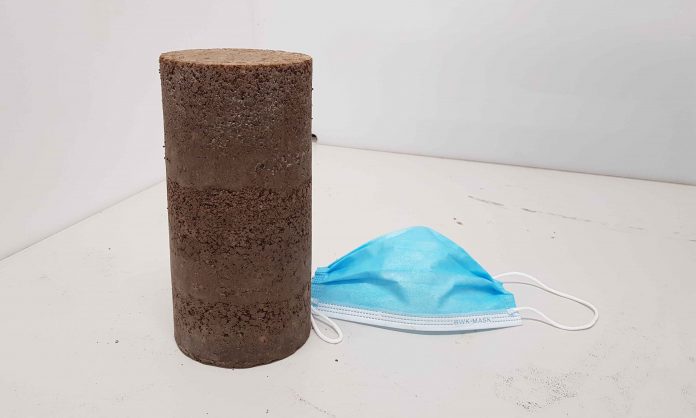
RMIT researchers have found a way to transform pandemic-generated waste into road-making material.
Using disposable face masks and processed building rubble – known as recycled concrete aggregate (RCA) – the researchers developed a new road-making material that meets all civil engineering safety standards.
Their study, published in the journal Science of the Total Environment, showed that using the recycled face mask material to make just one kilometre of a two-lane road would use up about 3 million masks, preventing 93 tonnes of waste from going to landfill.
First author Dr Mohammad Saberian said the study identified an optimal mixture – 1% shredded face masks to 99% RCA – that delivers on strength while maintaining good cohesion between the two materials.
He said the mixture performed well when tested for stress, acid and water resistance, as well as strength, deformation and dynamic properties, meeting all the relevant civil engineering specifications.
“This initial study looked at the feasibility of recycling single-use face masks into roads and we were thrilled to find it not only works, but also delivers real engineering benefits,” Saberian explained.
“We hope this opens the door for further research, to work through ways of managing health and safety risks at scale and investigate whether other types of PPE would also be suitable for recycling.”
RMIT researchers have also investigated the use of shredded disposable face masks as an aggregate material for making concrete, with promising preliminary findings.
This project is led by Professor Jie Li, leader of the RMIT School of Engineering research team, which focuses on recycling and reusing waste materials for civil construction.
“We know that even if these masks are disposed of properly, they will go to landfill or they’ll be incinerated,” he said.
“The COVID-19 pandemic has not only created a global health and economic crisis but has also had dramatic effects on the environment.
“If we can bring circular economy thinking to this massive waste problem, we can develop the smart and sustainable solutions we need.”




















